Nis under Ottoman rule
It was first conquered by Ottomans in 1375 and in 1448 they take over the city for the next 245 years. Unfortunately this 2,5 century period was not a peaceful one. This is how after the first Austrian breach of Ottoman Empire, when in 1689 Austrians take over the city of Nis, not a full year after Ottomans regain control over Nis in 1670, while during the battles Nis gets greatly demolished once again. During the years that followed the hajduks (the Serbian liberation army, known for their forest lives, started to grow in the region and to take more and more power) made numerous attacks to the city, ravaging everything on their way, in attempt to harm and make a greater blow to the Ottoman rulers of the Niski Pasaluk (Pasaluk a region made by Ottomans) forcing them to make a decision to rebuild the fortress of Nis once again. From 1719-1723 the building of now the most beautiful and the most preserved Ottoman fortress lasted, making the fortress the most beautiful Ottoman heritage in the Balkans.
On the Austrian map of the city from XVIII century, it is clearly visible how much the appearance of the city has change through previous centuries. The city had lost most of its previous urban surface keeping only the fortress and the previous swampy area, now reclaimed, as the city limits.
The streets and city had now developed in typical ottoman way, with very narrow streets placed in irregular patterns, making very organic forms. City was mostly radial shaped with five mosques placed on different hills in the fortress overlooking the town, no other temple nor church nor any other religious building was allowed to be on the taller position nor taller than the smallest mosque. The only Orthodox Church standing was the St. Pantalejmon one as it was very short. City had just 33 000 people living there.
Nis after the declaration of independence of Serbia
The liberation from the Ottoman Empire lasted for centuries and the people were very persistent, so it was normal that one house would have all its remaining male children (as the firstborn male children were taken by ottomans as the infamous “Blood tax” all over Serbia to become Janicar, a ruthless Ottoman soldier) fight as hajduks for the Serbian liberation. On the 11thof January 1878 Niš was finnaly liberated from the Ottomans. However, there was one important historic even that shaped the present look of the city.
That was the Čegar battle that happened on the hill of Čegar near city limits on the 31stof May 1809. In this famous battle a Serbian general Sindjelic realising that his backup is not coming, and that the Turkish army is greater and more and more of them were coming, he decided to lure as more Ottomans as possible to the gun powder room retrieving there with his army. After making them come as close as possible he shot a gun into gun powder, killing with this one shot 16 000 Ottomans and nearly one thousand of his left soldiers. It was the victory for Ottomans. Wanting to revenge for such great losses of his army the ottoman Pasa (a ruler of the region) ordered for Serbian sculls to be gathered and for a tower to be built to server as a reminder of what will happen if Serbs were to rebel against him ever again. This is how the Cele Kula was built in 1809.
This tower that was meant to serve as a terror for Serbian people just gave them more strength to continue their liberation quest and soon after the city was free. The tower was proclaimed holy ground by Orthodox Church and a little roof was made to protect it from weather. Unfortunately the tower was not protected from the families who seeked some comfort in taking out the sculls they thought to be of their relatives, taking out the sculls to connect them with the body.
In 1892 the funds were raised from all parts of Serbia and today’s chapel was built, designed by famous Serbian architect of the time Dimitrije Leka. In the same time the surrounding area started to develop as it appeared that people found some comfort, reassurance, or pride in living so nearby such a horrific monument. First the “trosarina” area was developed, meaning the gate to the city, or where the traders from other parts had to pay the fees for going into the city. At this time the city looked like on this Map 5 except that this area this entrance to the city was added on which would have been further east towards the Mediana Villa complex.
The map clearly shows that the city had retained its Ottoman appearance typical for a Balkan town of that time. Lots of small streets in the mahala/ medina/ living area, characterised by only one bridge leading to the fortress entrance, with trenches surrounding the city. The neighbouring villages start to develop and this is the time when the Niska Banja was recognised as a spa by high official and when its parallel renewal started, as this was the first time when the people had time for leisure. Today as in Roman times the Nika Banja is a part of the city.
Under the independent state of Serbia the new and better times start for the citizens of Nis.
It was the turn of the century and everyone was excited, firstly about their independence than about the great enlightenment wave that spread across Europe this time reaching the city, where it was full-heartedly welcomed. The first mixed school was opened in 1845, the first city gymnasium 1873, at the Berlin conference in 1878 with great diplomatic efforts Serbia gained its independence, the big military hospital was opened the same year, the great civil hospital opens in 1881, in the same year Nis gets the first banking institution, the first city newspaper in 1884 “Niski vesnik”, in the same year on 15th of September the first train arrived in Nis, connecting for the first time Nis not just with Belgrade but also with the rest of the Europe. These were the fruitful years of the city, now and then a new interesting thing was opening, happening, new interesting machines were coming from the west, like that in 1884 Jovan Apel opened the first steam engine powered beer brewery in Nis. In 1887 the first theatre was founded. The city was teeming with delight, for the first time the citizens had hope, for the first time they had plans, people were investing, engaging in the city life, having the courage not just to look to day activities, they were living and it was the first time people started remembering the roman times not with a frown on their faces, that used to relate to an old fairy-tale but with excitement and smile of explorers. In the year of 1913 the first museum exhibition was held, and view years before 1905 the first painter’s colony was started in Sicevo by famous Serbian painter Nadezda Petrovic, that is still active. The first airfield was established in 1910, near the current location of the Nis airport.
All in all those were a few very happy years.
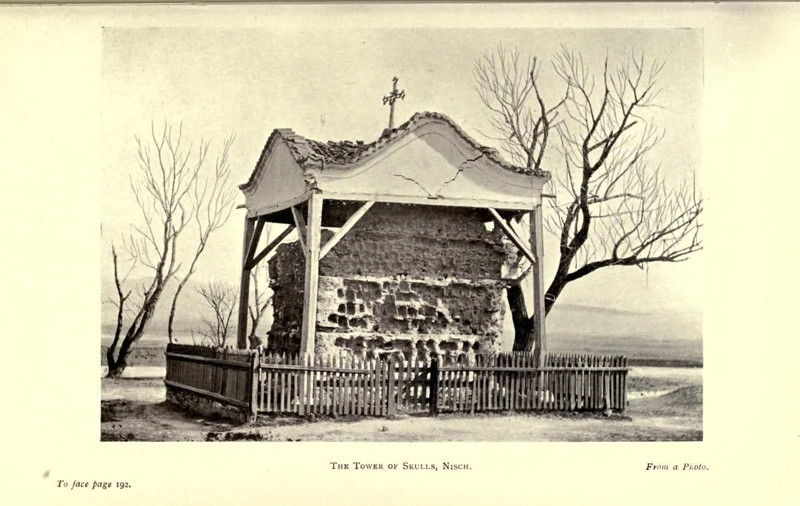
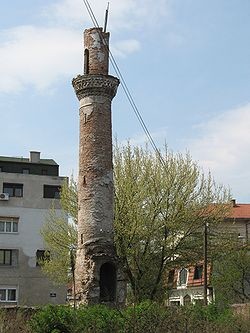
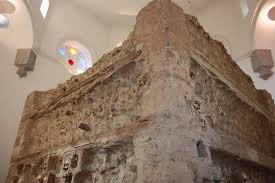
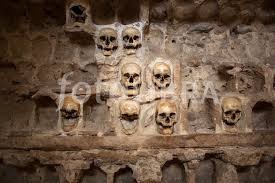


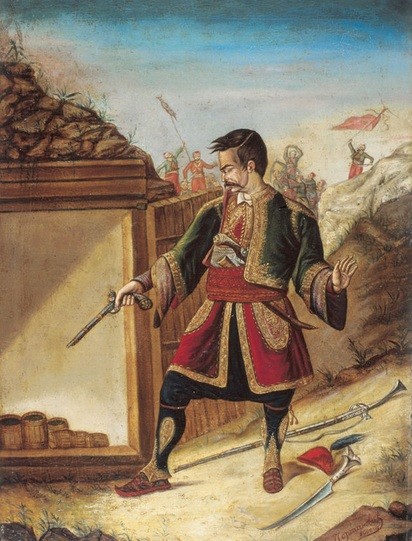
Photo gallery
Content available in other languages
- Español: Nis bajo el dominio otomano
Want to have your own Erasmus blog?
If you are experiencing living abroad, you're an avid traveller or want to promote the city where you live... create your own blog and share your adventures!
I want to create my Erasmus blog! →























Comments (0 comments)